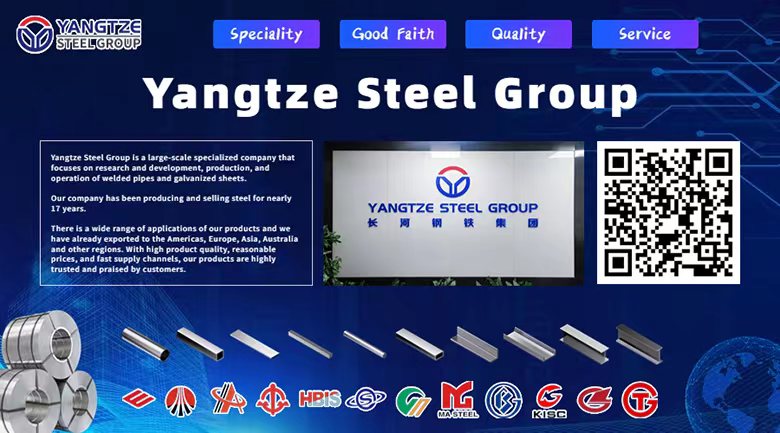Carbon steel vs alloy steel
Carbon steel and alloy steel are two common types of steel in the steel industry, each with its own composition, performance and application characteristics. Understanding their differences is crucial for material selection.
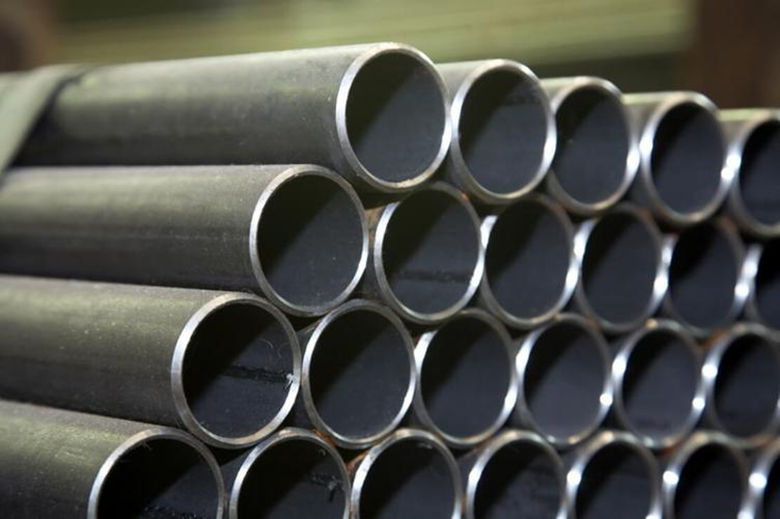
1. Composition difference:
Carbon steel is composed of iron and carbon, with a carbon content of 0.02%-2.1%. It is divided into low carbon steel, medium carbon steel and high carbon steel according to the carbon content. Carbon steel has a simple composition and low cost, and is often used in construction, pipelines, automobile manufacturing, etc.
Alloy steel adds chromium, nickel, molybdenum and other elements to carbon steel to enhance strength, hardness and corrosion resistance, making it suitable for harsh environments.
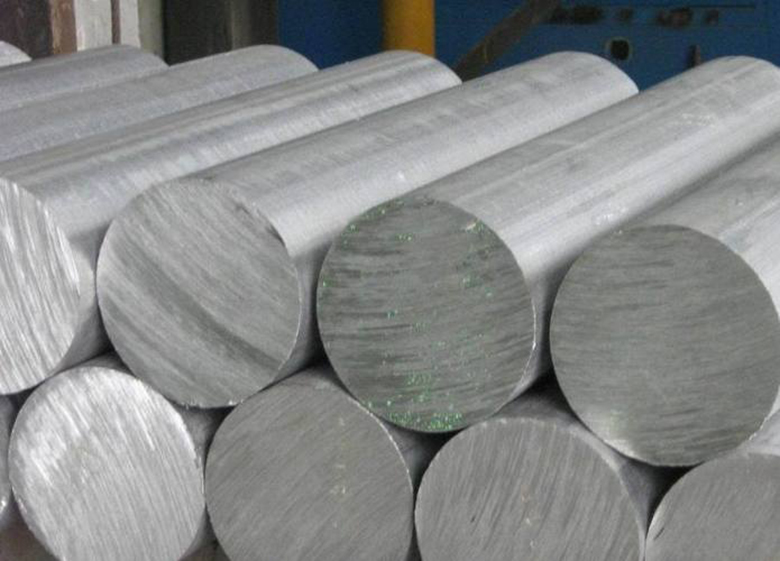
2. Performance comparison:
Carbon steel has good toughness and is easy to process and weld. The increase in carbon content increases hardness and strength, but the toughness and processability decrease, and the corrosion resistance is poor.
Alloy steel has excellent hardness, strength and corrosion resistance due to the addition of alloying elements, and is suitable for high temperature, high pressure and strong corrosion environments.
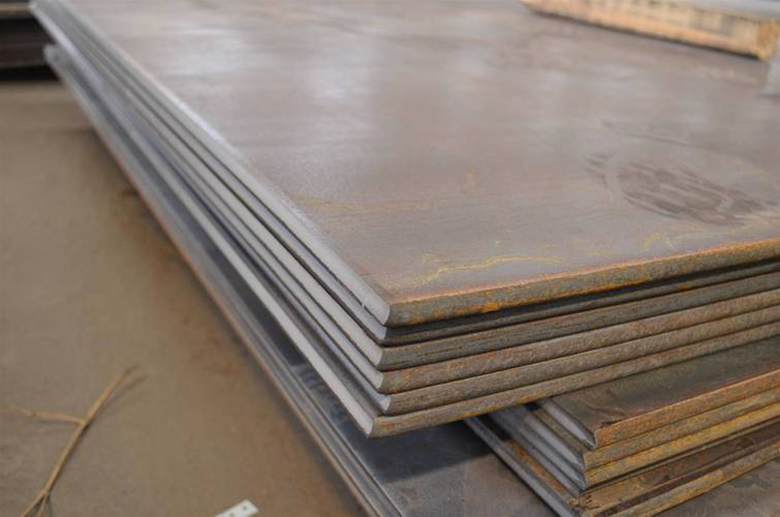
3. Application scenarios:
Carbon steel is widely used in construction, pipelines, bridges and automobile manufacturing due to its low cost and easy processing. It is suitable for occasions with low requirements for strength and corrosion resistance.
Alloy steel is used in high-demand fields such as aerospace, energy industry, chemical equipment and automobile engines due to its excellent performance.
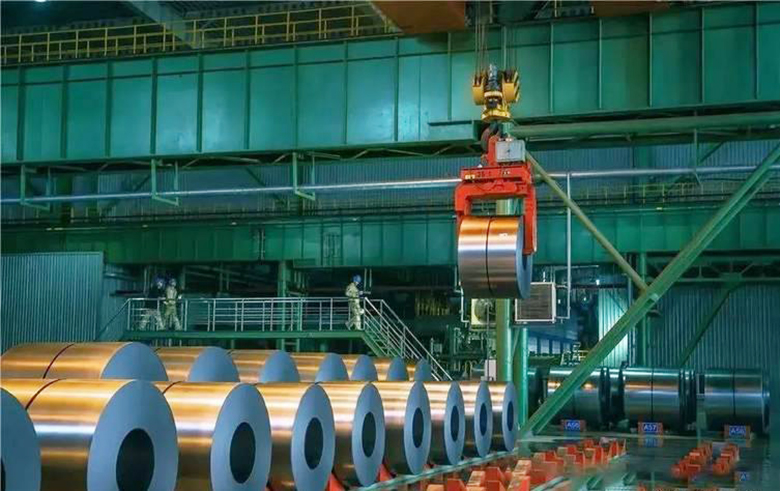
Carbon steel is economical and suitable for a wide range of industrial uses; alloy steel has superior performance and is an ideal choice for high-demand environments. Material selection should be based on the specific use environment and performance requirements.
